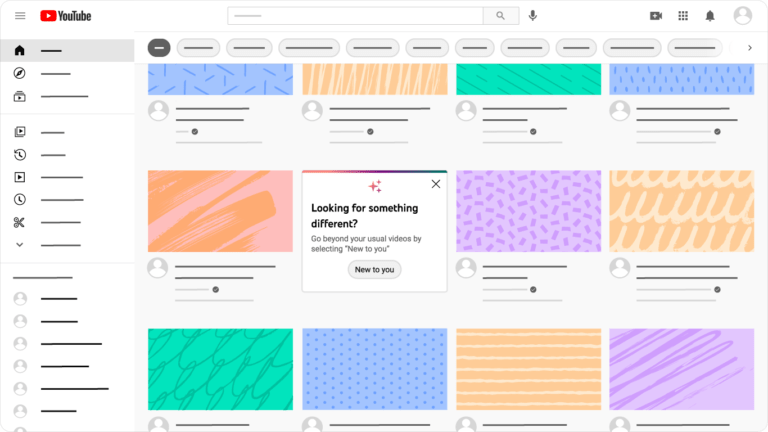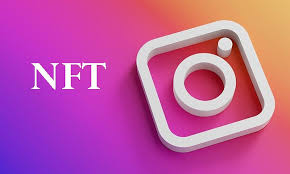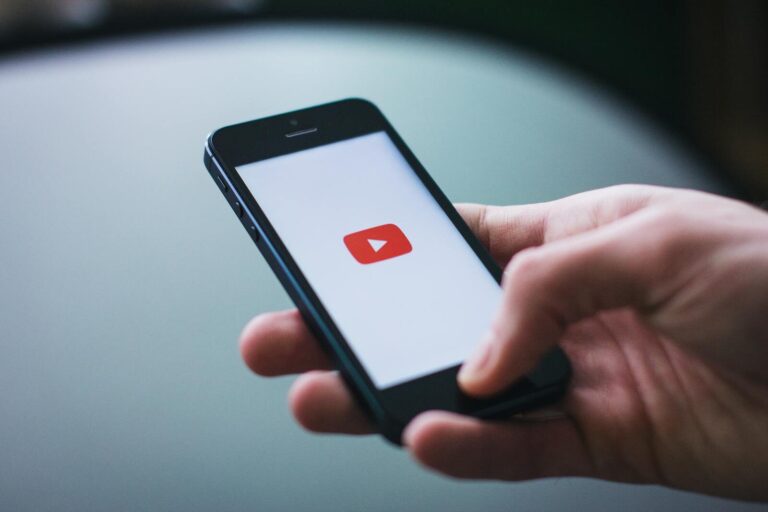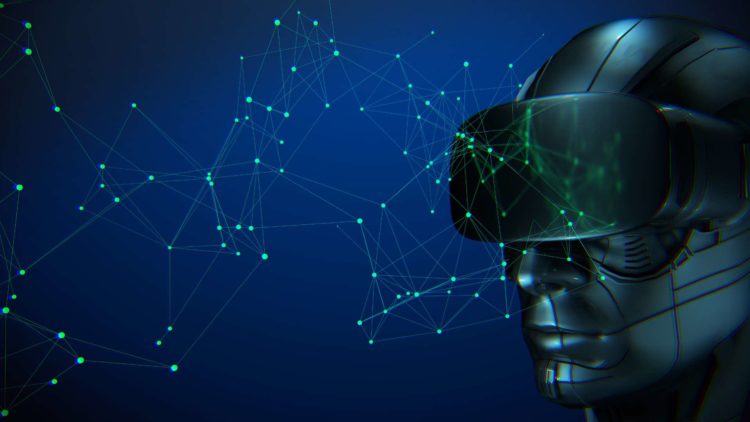YouTube Ready for Web3 Move, Plans Foray into NFTs and Metaverse Despite Aiming to Go Carbon-Free
YouTube is getting ready to jump on the Web3 bandwagon, incorporating elements like non-fungible tokens (NFTs) and the metaverse into its platform, which is reportedly used by over two billion people worldwide.
Web3, which will be largely supported by blockchain technology, is regarded as the Internet of the future, bringing with it cryptocurrencies, NFTs, and the metaverse.
One of the primary reasons YouTube wishes to adapt to the emerging world of Web3 and its elements is to connect artists with their audiences on a deeper level. Neil Mohan, YouTube’s Chief Product Officer, wrote in a blog post published on February 10th.
“By working together, they will be able to collaborate on new projects and earn money in ways that were not previously possible.” Giving fans a verifiable way to own unique videos, photos, art, and even experiences from their favorite creators, for example, could be a compelling prospect for creators and their audiences,” Mohan wrote in the post.
YouTube intends to allow users to “own” creator content in the form of a digital collectible, or NFT. It is worth noting, however, that NFTs do not transfer the content’s copyrights to the buyer.
YouTube is also working on making gaming more interactive with metaverse integration as part of its 2019 roadmap. The concept of the metaverse is a fully functional virtual universe in which people will be able to interact with digital beings as virtual avatars.
“We’re brainstorming big ideas for how to make viewing more immersive.” The first area where you can expect to see an impact is gaming, where we’ll work to add more interactions and make games feel more alive. “We’re looking forward to seeing how we can make these virtual worlds a reality for viewers,” Mohan added.
While technological advancements come easily to the social media behemoth, YouTube’s integration with the Web3 world is fraught with complications.
The environmental concerns associated with NFT minting run counter to Google’s goal of becoming “carbon free” by 2030.
“We are the first major corporation to commit to using carbon-free energy in all of our data centers and campuses around the world 24 hours a day, seven days a week.” “We’re working hard to complete this by 2030,” Google CEO Sundar Pichai stated in 2020.
According to a recent Poster Grind report, a series of transactions originating from a single NFT can consume a whopping 340kWh of energy. Poster Grind is an artist collective comprised of designers, NFT creators, and art directors.
With NFT sales expected to exceed $25 billion in 2021, carbon emissions associated with the sector are expected to be high.
YouTube is also facing backlash on social media from creators who do not want their content tokenised for sale in the first place.
“There’s a lot to think about in making sure we approach these new technologies responsibly, but we also think there’s incredible potential,” Mohan wrote in his blog post.
Meanwhile, Pichai revealed earlier this month that Google is keeping an eye on the blockchain space, calling it “an interesting and powerful technology with broad applications.”







